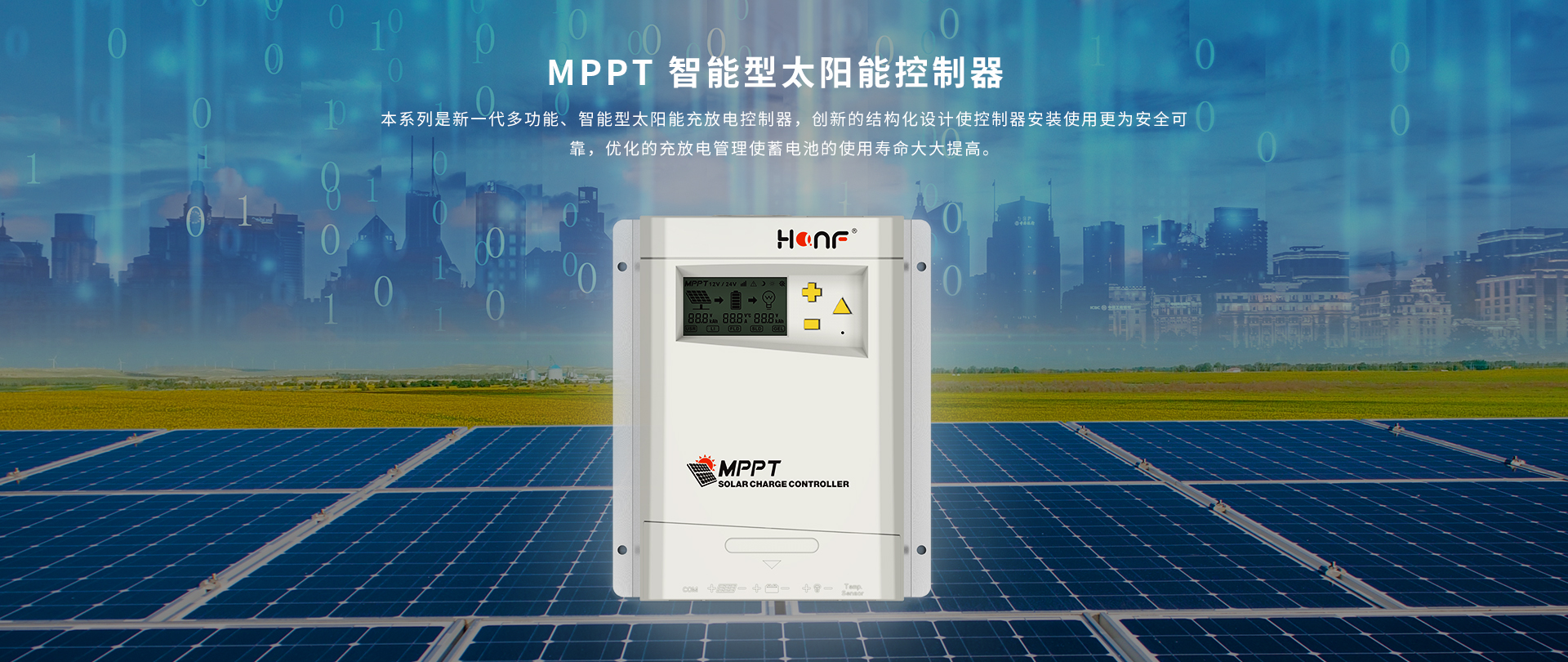NEWS
Common faults of PWM solar controller
- Categories:pwm controller
- Time of issue:2022-06-20 15:14
- Views:
(Summary description)PWM or pulse width modulation, refers to the use of the digital output of the microprocessor to control the analog circuit, which is a method of digitally encoding the level of the analog signal.
Common faults of PWM solar controller
(Summary description)PWM or pulse width modulation, refers to the use of the digital output of the microprocessor to control the analog circuit, which is a method of digitally encoding the level of the analog signal.
- Categories:pwm controller
- Time of issue:2022-06-20 15:14
- Views:
PWM or pulse width modulation, refers to the use of the digital output of the microprocessor to control the analog circuit, which is a method of digitally encoding the level of the analog signal. Controlling analog circuits digitally can greatly reduce the cost and power consumption of the system.
The electrical structure of the PWM solar controller is relatively simple. It is mainly composed of a main power switch, a capacitor, a driver and a protection circuit. It is actually equivalent to a switch. When the component and the battery are connected together, the voltage of the component will be pulled down. to a voltage close to that of the battery pack.
1. Leakage fault: The root cause of this type of problem is the installation quality problem, which is caused by choosing the wrong installation location and low-quality equipment. There are many fault points: low-quality DC connectors, low-quality components, substandard installation height of components, low-quality grid-connected equipment or water leakage. Once similar problems occur, you can find the leakage point by sprinkling powder and make insulation. Work to solve the problem, if it is a provincial problem of the material, you can only replace the material.
2. DC overvoltage: With the pursuit of high-efficiency process improvement of components, the power level is constantly updated and increased, and the open-circuit voltage and operating voltage of components are also rising. The temperature coefficient problem must be considered in the design stage to avoid hard damage to the equipment caused by overvoltage at low temperature. .
3. No response when booting: Please make sure that the DC input line is not reversed. Generally, the DC connector has a foolproof effect, but the crimping terminal has no foolproof effect. It is very important to read the instructions carefully to ensure that the positive and negative electrodes are crimped.






